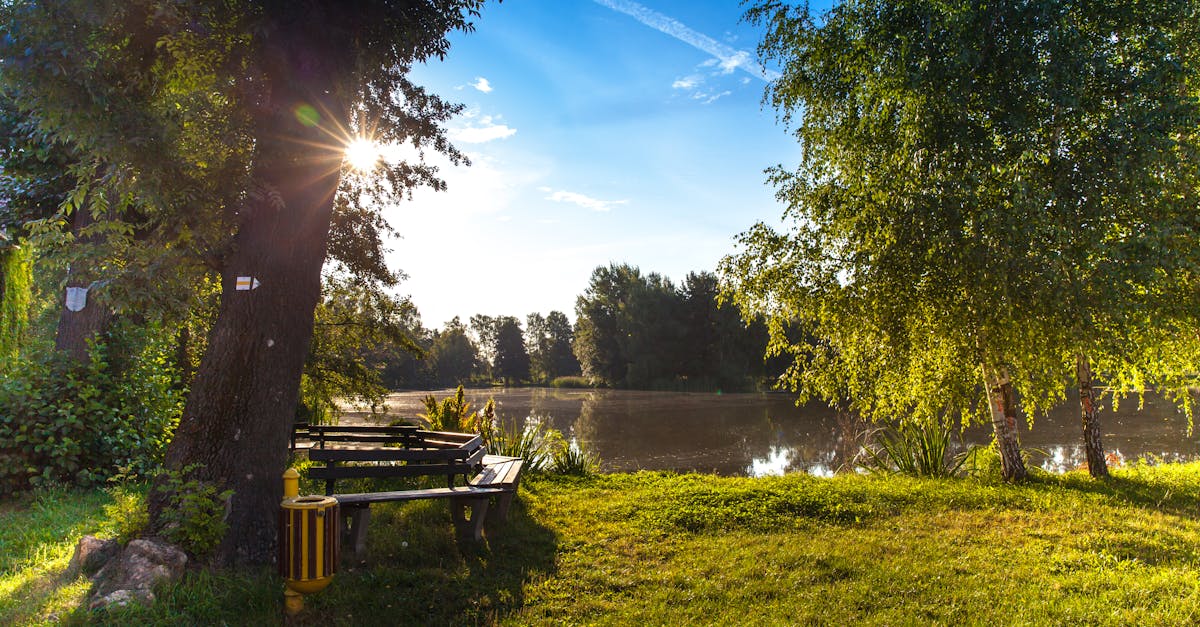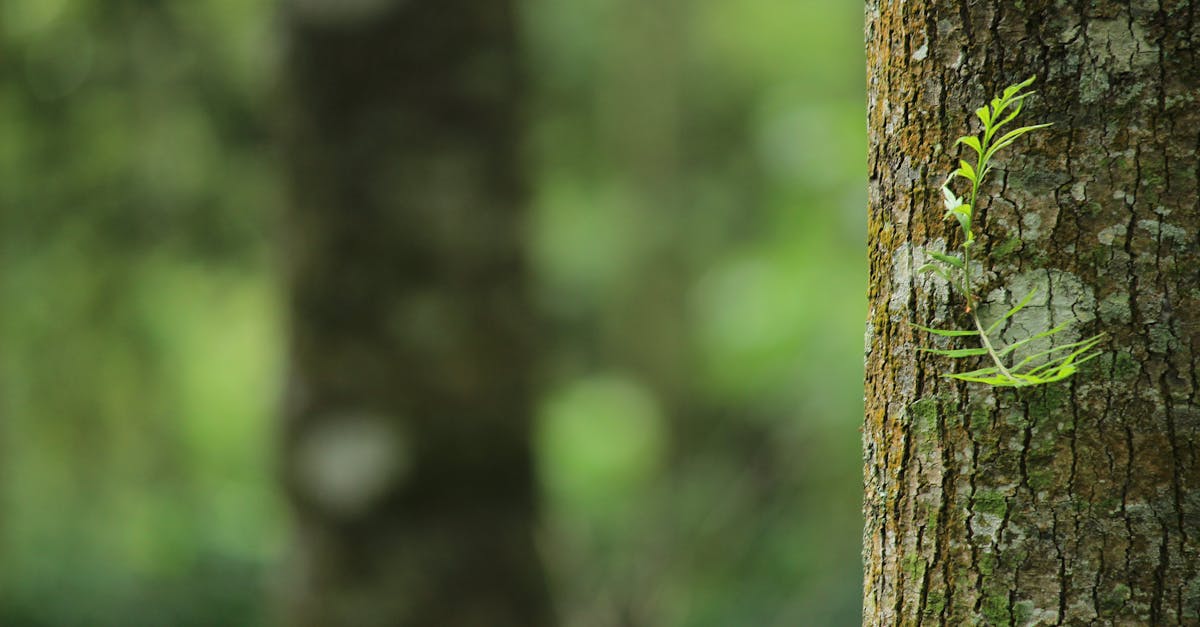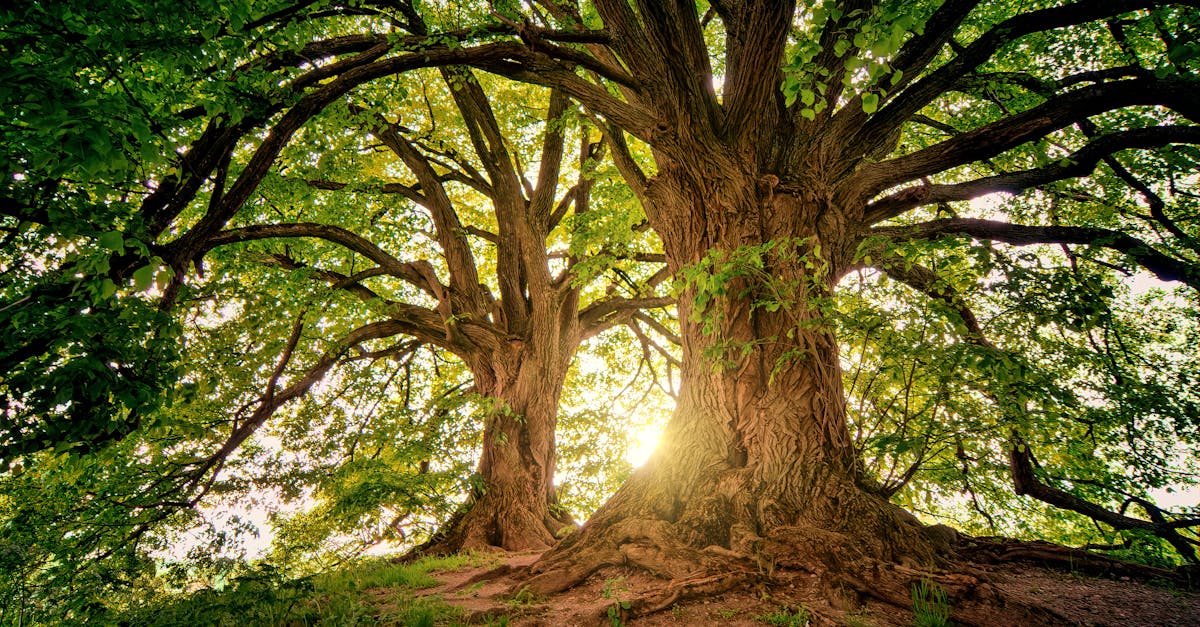
Tree Risk Assessment Tools
Tree risk assessment tools play a crucial role in evaluating the health and safety of trees in various environments. In the state of Georgia, arborists and forestry professionals rely on a combination of visual inspections, specialized equipment, and advanced technologies to assess the potential risks posed by trees. These tools aid in identifying structural weaknesses, signs of disease or decay, and other factors that may compromise the integrity of a tree.
One commonly utilized tool in tree risk assessment in Georgia is the resistograph, a device that measures the density of wood to detect internal decay. Additionally, drone technology has become increasingly popular for conducting aerial inspections of trees in challenging or hard-to-reach locations. By utilizing a range of tools and techniques, professionals can conduct comprehensive tree risk assessments to ensure the safety of individuals and property in urban and natural settings.
Technology and Equipment Utilized in Tree Risk Assessments
Technology and equipment play a crucial role in conducting accurate and thorough tree risk assessments. In "Tree Risk Assessment in Georgia," arborists rely on a variety of tools to assess the health and stability of trees. One commonly used piece of equipment is the resistograph, which measures the density of wood and detects decay or cavities within the tree. Additionally, tools such as tree inspection mirrors and binoculars enable arborists to closely examine the tree canopy for signs of disease, deadwood, or structural weaknesses.
Advancements in technology have also revolutionized tree risk assessments, with the use of drones becoming increasingly popular in the industry. Drones equipped with high-resolution cameras allow arborists to gain a bird's-eye view of the tree canopy, helping them identify potential risks from a safe distance. Furthermore, tools like sonic tomographs are used to assess internal decay by sending sound waves through the tree and creating a visual map of the internal structure. By utilizing these advanced technologies and equipment, arborists can conduct more precise and comprehensive tree risk assessments to ensure the safety of both people and property.
Professional Tree Risk Assessment Services
Professional tree risk assessment services are essential for ensuring the safety and health of trees in urban environments. Tree risk assessment in Kennesaw, Georgia, is a crucial aspect of maintaining the urban forest and managing potential risks that trees may pose to people and property. With the expertise of qualified arborists, tree risk assessments involve a systematic evaluation of tree health, structural integrity, and environmental factors to determine potential hazards.
Hiring a qualified arborist for tree risk assessments in Kennesaw, Georgia, guarantees a thorough evaluation of trees and their surroundings. These professionals utilize their knowledge and experience to assess trees for signs of decay, disease, structural weaknesses, and other risk factors. By conducting tree risk assessments regularly, property owners can address potential hazards proactively and implement appropriate management strategies to mitigate risks and promote the overall health and longevity of the urban forest.
Hiring a Qualified Arborist for Tree Risk Assessments
When it comes to assessing the risks associated with trees, hiring a qualified arborist is crucial for ensuring accurate evaluations and appropriate recommendations. Tree Risk Assessment in Kennesaw, Georgia involves a comprehensive analysis of the tree's health, structure, and surroundings to determine potential hazards and risk factors. An experienced arborist will have the necessary knowledge and expertise to identify signs of disease, decay, structural weakness, or other factors that could pose a threat to the tree's stability.
Furthermore, skilled arborists are equipped with the tools and techniques necessary to conduct thorough tree risk assessments. By evaluating factors such as tree species, age, root system health, and environmental conditions, arborists can provide insights into the level of risk a tree may pose. Their expertise allows them to make informed decisions regarding tree maintenance, pruning, or removal to mitigate potential risks and ensure the safety of the surrounding property and individuals.
Tree Risk Assessment Standards
When it comes to tree risk assessment standards, ensuring the safety of individuals and property is paramount. In Georgia, just like in many other regions, there are specific guidelines and regulations in place to govern tree risk assessments. These standards provide a framework for assessing the health, stability, and potential risks associated with trees in various environments. By adhering to these standards, arborists and professionals can conduct thorough evaluations that lead to informed decisions regarding tree care and management.
Tree risk assessment in Georgia follows a structured approach that takes into consideration factors such as tree species, age, condition, and proximity to structures or people. Assessments typically involve evaluating the likelihood of tree failure and the potential consequences if such an event were to occur. By following established standards, arborists can accurately assess the level of risk posed by trees and recommend appropriate mitigation measures to reduce any potential hazards. Compliance with these standards not only promotes safety but also supports the preservation of healthy and well-maintained trees within the urban and natural landscape.
Guidelines and Regulations for Tree Risk Assessments
Tree risk assessments play a crucial role in maintaining the safety and health of urban forests. In Kennesaw, Georgia, tree risk assessments are subject to specific guidelines and regulations to ensure the proper evaluation of potential risks associated with trees in urban settings. Professionals conducting these assessments must adhere to established standards to guarantee accurate and reliable results. Following guidelines set forth by local authorities and industry experts is imperative in the proper execution of tree risk assessments to mitigate potential hazards effectively.
In Kennesaw, Georgia, tree risk assessments are governed by a set of regulations that outline the procedures and criteria for assessing tree-related risks. These regulations provide a framework for arborists and other professionals to follow when inspecting trees for potential hazards. By complying with these guidelines, experts can identify potential risks accurately and recommend appropriate actions to minimize threats posed by trees in urban areas. Adhering to these regulations ensures that tree risk assessments are conducted in a consistent and thorough manner, contributing to the overall safety and well-being of Kennesaw's urban environment.
FAQS
What is a tree risk assessment?
A tree risk assessment is a systematic process used to evaluate the likelihood of a tree failing and causing harm or damage to people or property.
Why is a tree risk assessment important?
Tree risk assessments help identify potential hazards posed by trees, allowing for proactive management to prevent accidents, injuries, or property damage.
Who can perform a tree risk assessment?
Qualified arborists or tree care professionals are typically trained to conduct tree risk assessments using specialized tools and knowledge of tree biology and structure.
How often should tree risk assessments be conducted?
The frequency of tree risk assessments can vary depending on factors such as tree species, location, age, and health. It is recommended to have trees assessed at least annually or after severe weather events.
What are some common indicators of tree risk that arborists look for during assessments?
Arborists look for signs such as dead branches, cracks in the trunk, root damage, leaning trees, fungal growth, and poor structural integrity as indicators of potential tree risk during assessments.


